Squids are a large detachment of ten-armed cephalopods. Outwardly, most types of squid are quite similar, but the size varies greatly. Although the most widespread species usually have sizes up to 0.5 m. At the same time, individuals of giant species can grow more than 16 m.
Here is an overview of the content of this tutorial, feel free to jump to any section you care about:
For more fishing instructions, take a look at these popular Trizily links: Snakehead Fishing, Cuttlefish Fishing.
- The 7 best underwater fishing cameras 2022
- The 7 best spinning reels 2022
- The 10 best fish finders for the money 2022
- The 9 best fishing lines 2022
Squid Fishing
Characteristics and habits of squid
Squids have a torpedo-shaped, hollow body, five pairs of tentacles, which can differ in length and location of the suction cups. Squids breathe with comb gills. The sensory organs are the eyes, primitive organs of balance and specific elements of the skin. Hearing is practically not developed. Of the morphological features it is worth noting the presence of a rudimentary element of the body, the so-called “Gladius” – a cartilaginous arrow that runs along the entire squid body, as well as the presence of three hearts. An unusual ability of squid is the regeneration of organs.
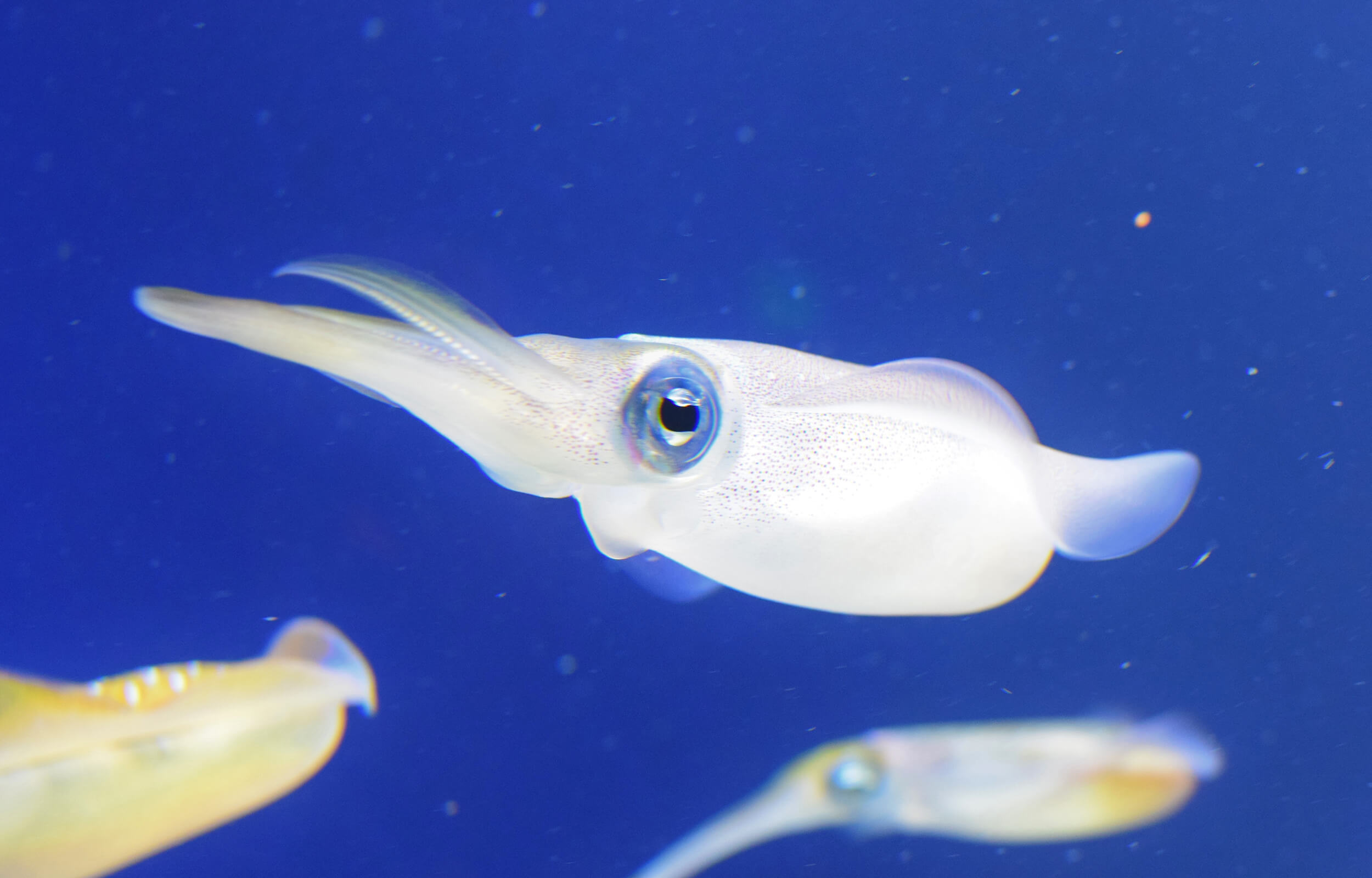
How the squid moves
The animal moves by jet propulsion. Squids are active, flocking predators. Most often, the prey of most adult animals is small fish, in addition, the diet includes zooplankton and various inhabitants of the bottom areas of the sea. Different squid breeds can specialize in a certain type of food or change the living conditions and diet during the season. Squids are able to live at various depths. The exact depth of the squid habitat is unknown, but it can exceed 8000 m. Given that squids themselves are food for many aquatic animals, it is worth mentioning their protective device – the “ink bomb”.
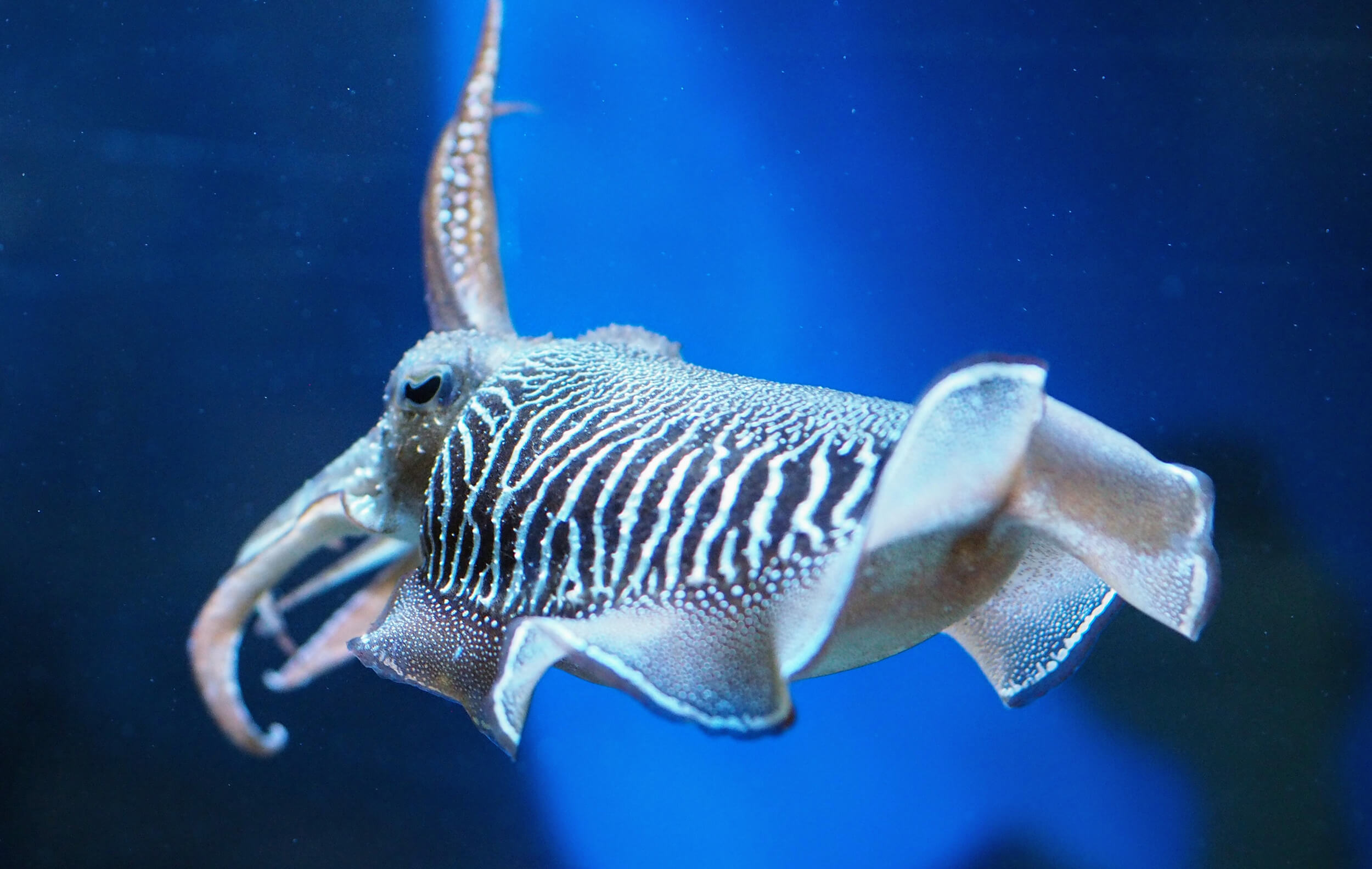
Caught squid can also release a stream of liquid into the fisherman. In addition, at times of danger, some animals are able to jump out of the water, flying considerable distances in the air. Among the many species, it is worth pointing out the most common for amateur fishermen: Pacific, Argentinean, Common (European). Species such as giant and colossal (Antarctic) colmar are world record holders among cephalopods and can be dangerous for divers. Large species of squid often attack fishing lures, while there is practically no chance of catching them on amateur gear. For some species, feeding and spawning migrations are characteristic.
Reproduction habit of squid
Reproduction of squid has a number of features that distinguish the family from other marine inhabitants. Maturity in many species of mollusks can occur after a year of existence. Spawning seasons for squids of different species may differ, including, this is due to the habitat. In addition, there may be several per year, for example, in spring and autumn, like a squid’s commander. Females lay egg capsules. They can be fastened in the form of sausages or ribbons, as well as to be washed separately. Depending on the species, this may occur in the water column or attach to the ground.
Squid fishing guide: Techniques, bait and gear
Squid fishing techniques
The main fishing method for mollusks is fishing using various specialized equipment using a method similar to sheer jigging. In addition, they use fast horizontal and vertical wiring. In most cases, the most convenient gears are powerful sea spinning rods equipped with appropriate reels and cords. A feature of squid is the reaction to fast moving equipment. Most specialized lures are equipped with metal “combs” instead of the usual hooks. The lack of sub-slip requires, when pulling up the sliced squids, to make quick wiring without lowering and stopping. All this implies the use of large reels with a high gear ratio.
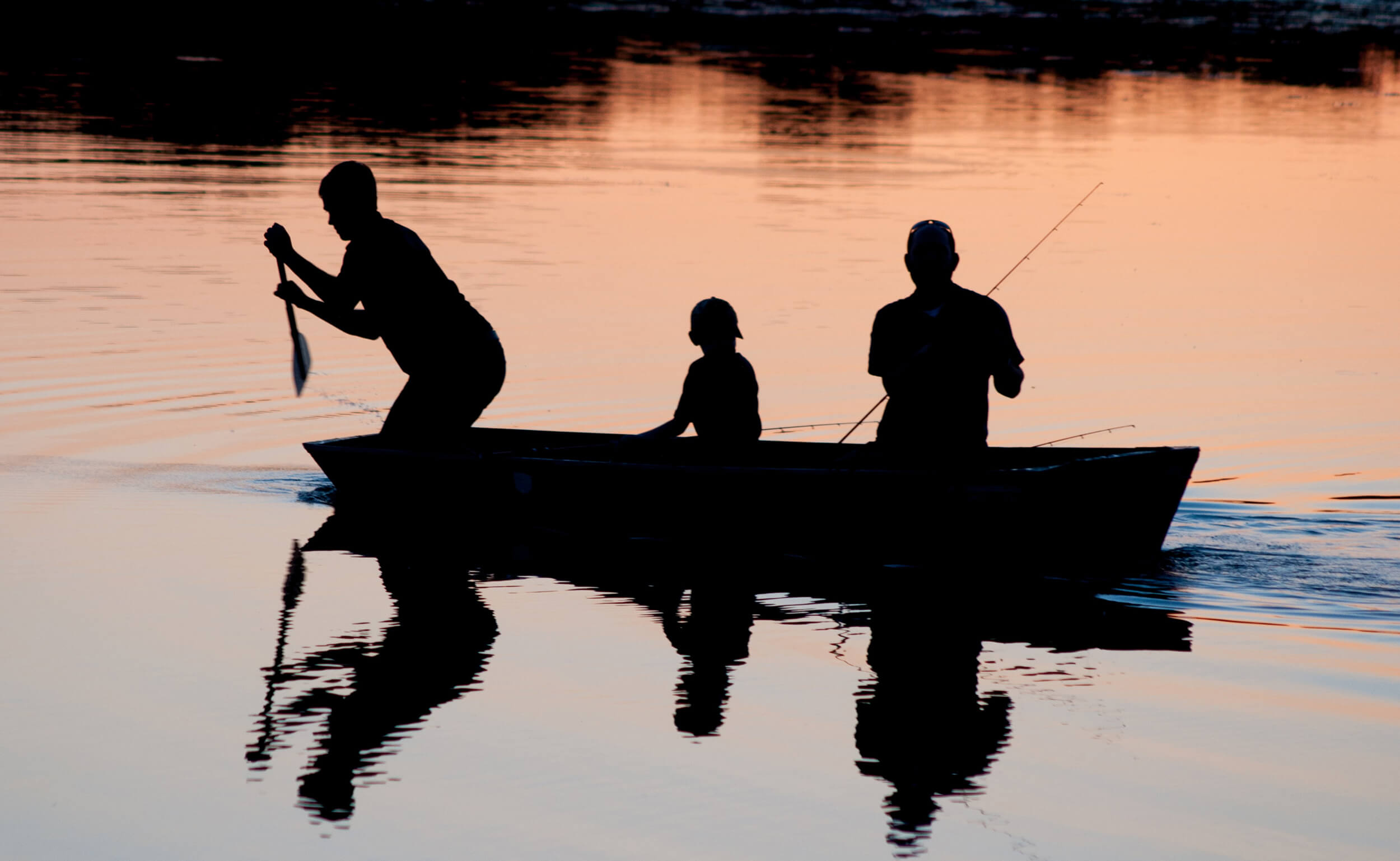
Rods equipped with inertial reels with a large drum diameter have some advantage. But fishing with them requires a certain skill and experience. With all this, the size of the massive species of squid does not imply particularly powerful gear. When choosing the right gear, it is rather worth starting from the principle of reliability and convenience when fishing from the side of the vessel. Squid fishing is carried out, most often at dusk and at night. Animals are lured by light. To do this, use various lights or accessories with light-accumulating elements. A large number of similar products are produced. They can have a peculiar and sometimes exotic look, but they are subordinated to only one thing – to lure a flock of squids. Fishing can be quite successfully carried out in the daytime, while luminous elements are not needed.
Squid fishing bait
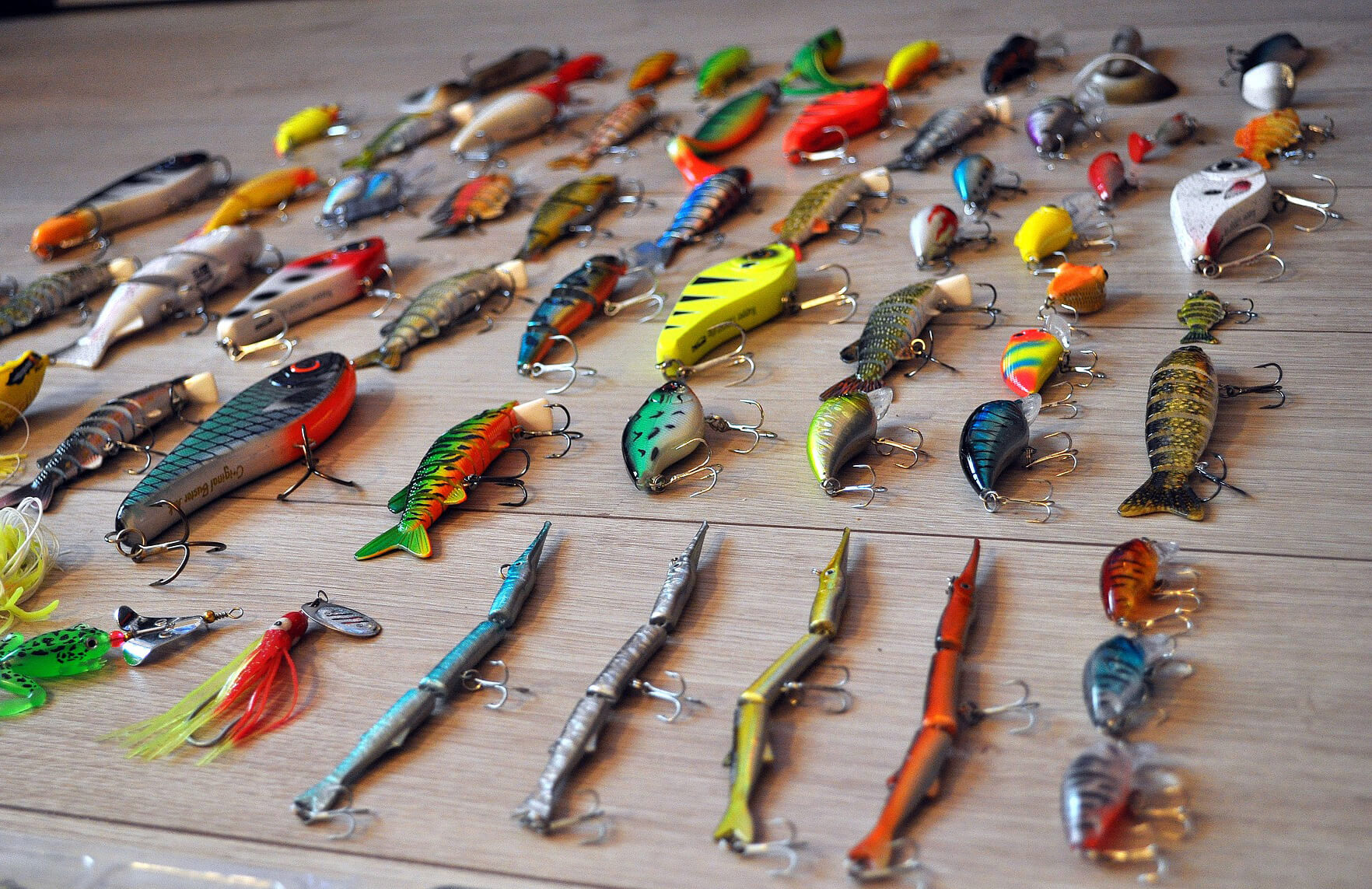
In the past, and even now, fishermen have fished and are catching squid on ordinary spinners. To do this, use traditional vertical baits, such as pilker. In recent years, most amateur fishers, including European ones, have preferred specialized lures invented specifically for such fishing. They are made in various versions in many countries of Asia: Korea, Japan, China and others. An important nuance when choosing lures and rigs is the feature of squids to change color under the influence of electric discharges. This is the basis for fishing and lure methods using luminous elements. Specialized baits are the so-called “squid”. This is a separate type of bait, which is somewhat different from the usual for most fishermen or to be modernized wobblers, analogues of pilkers and their modifications.
Where to catch squid
Squids live in most climatic zones, but are most common in subtropical and temperate. Some northern species are smaller and, as a rule, do not differ in the variety of colors. Squids living in the waters of the Pacific region are most famous. Here you can catch mollusks even in the summer waters of marginal sea of the western Pacific Ocean. In the far east, squid flocks usually appear in late July. In addition, squids live in most seas washing Europe, from the North to the Adriatic. Squid fishing in the Mediterranean is very popular and is practiced on fishing tours.

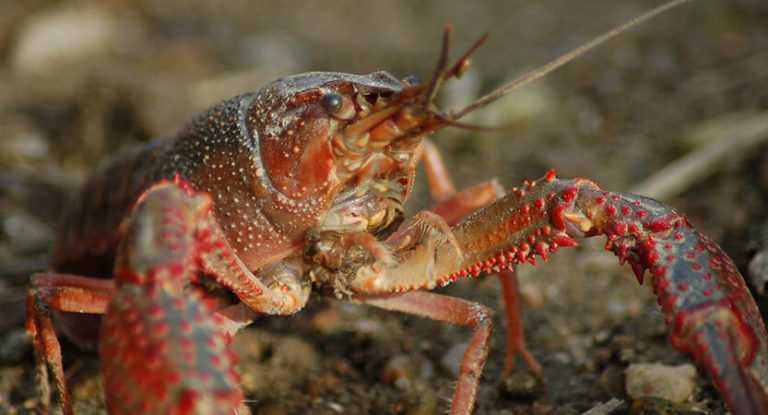
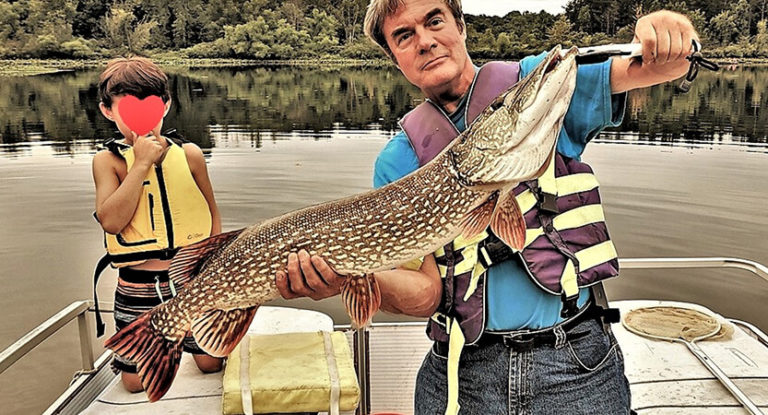
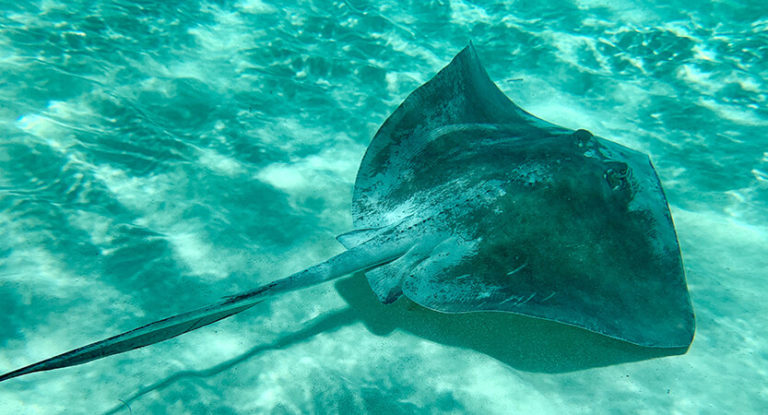
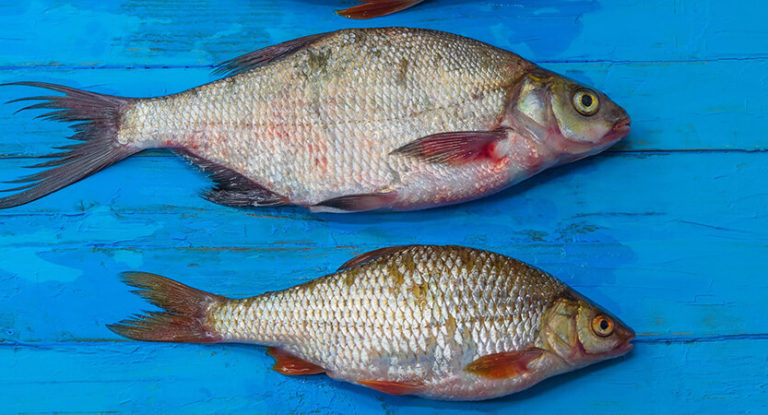
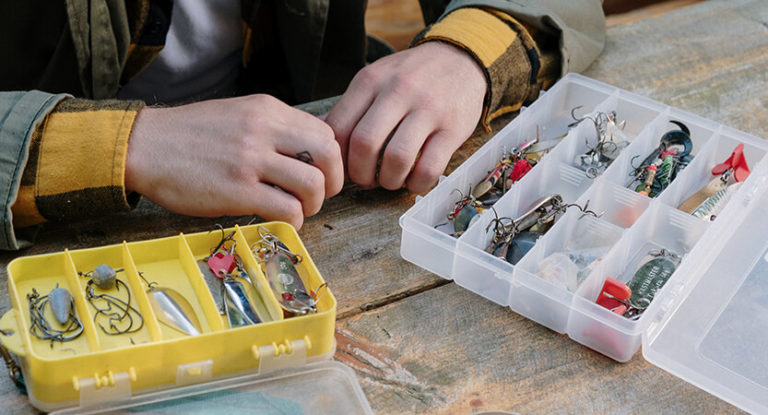
![Top 12 Best Fishing Tackle Bags in 2023 [Detailed Guide] 10 Top 12 Best Fishing Tackle Bags in 2023 [Detailed Guide]](https://trizily.com/wp-content/uploads/2022/03/best-fishing-tackle-bags-768x768.jpg)